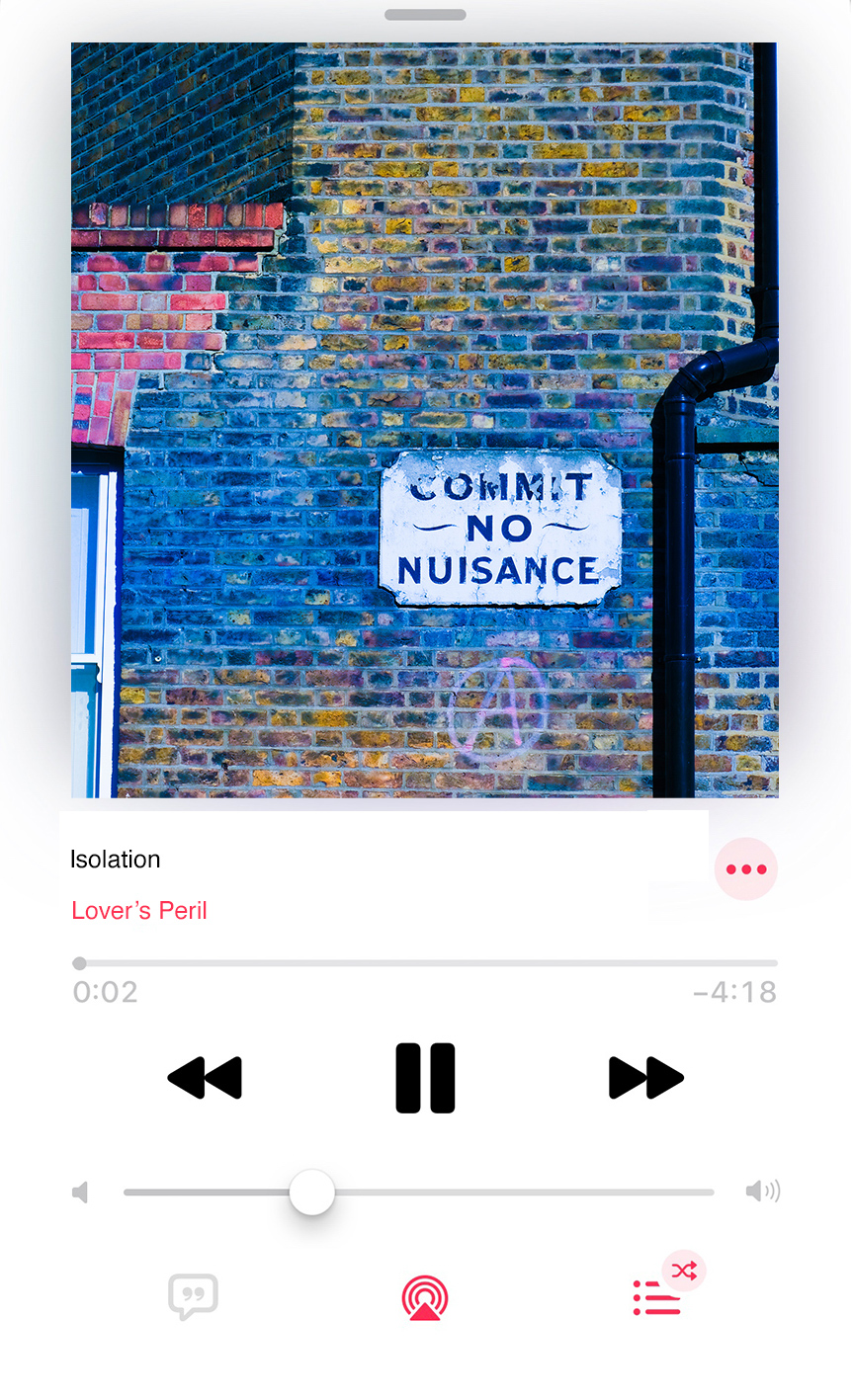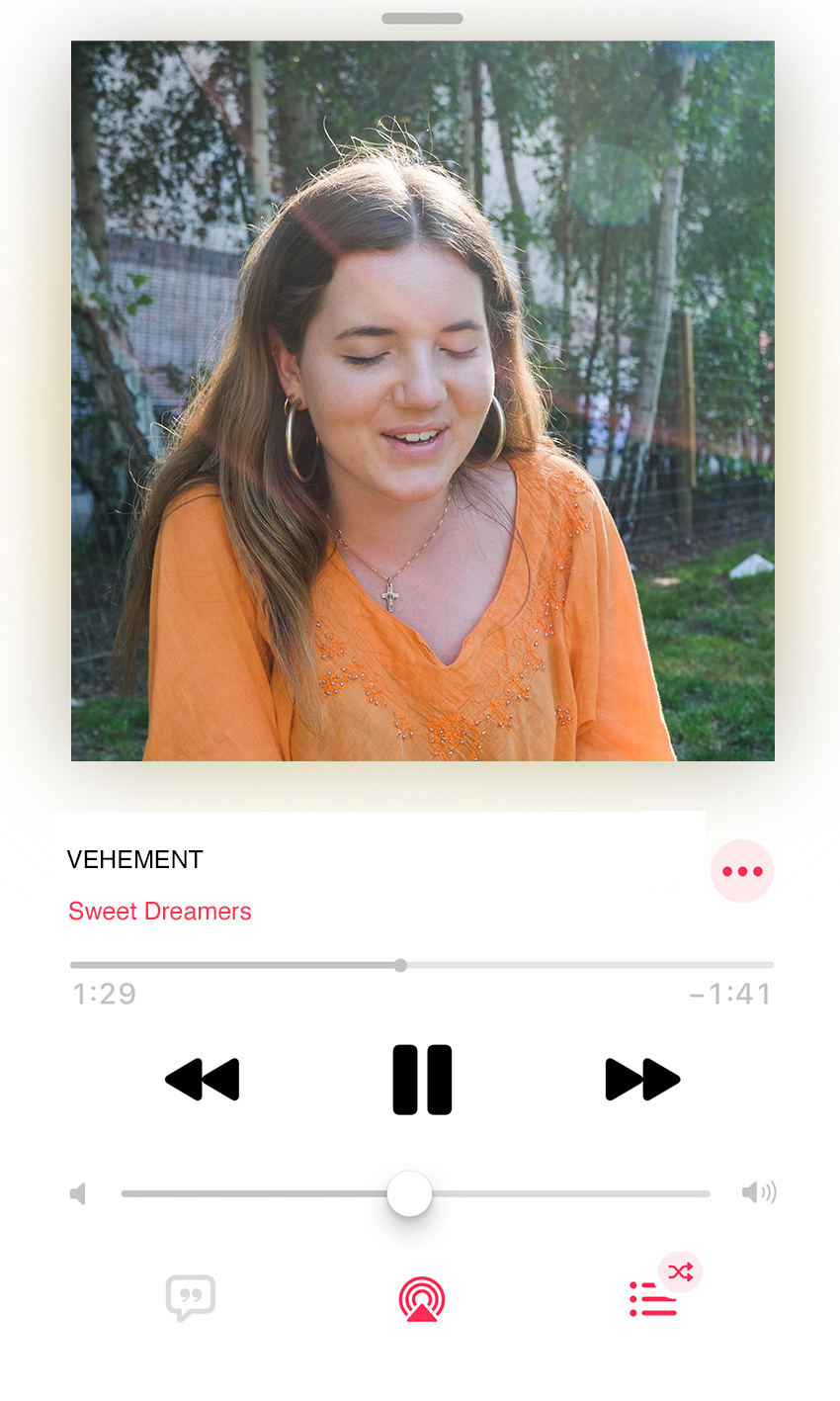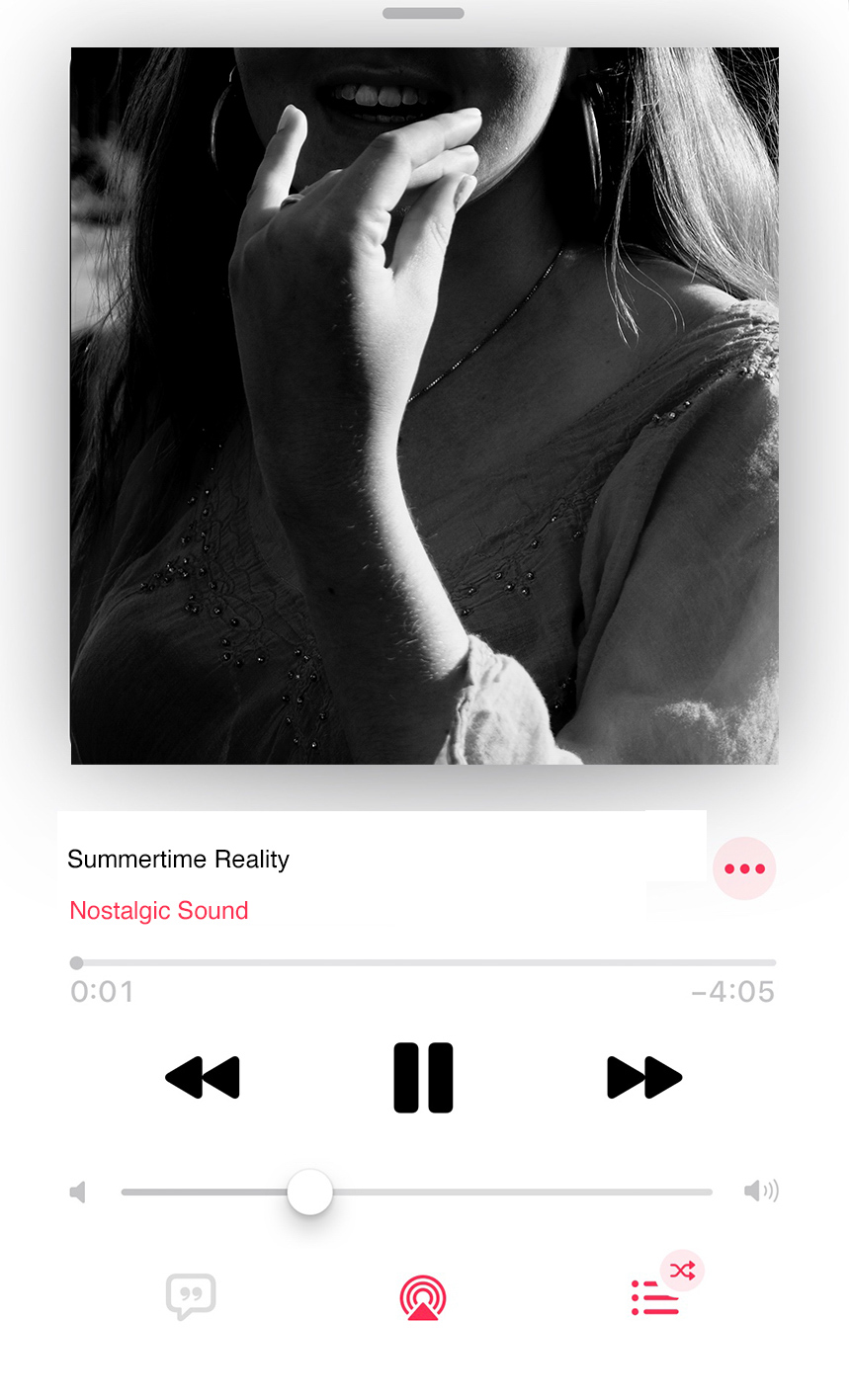*Spoilers for Moulin Rouge and La La Land*
I don’t particularly like musicals. I just find them weird
and uncomfortable – even aged six
seeing the musical Cats at the Sunderland Empire made me really quite
bored. Movie musicals don’t grab me much either. So, when a musical movie does
impress me, it always lands itself high on my top films of all-time lists. The
movies that interest me are those that are self-conscious about their musical
features, and use this to enhance the emotions of the movie. They are using
musicals to compare the fantasy fairy tale world of our imagination – the world of happy musical endings – with cold, hard reality. La La
Land (2016) and Moulin Rouge! (2001) are two of my favourite movies,
and the use of this idea in both movies is what makes them so successful.
I can understand why La La Land is controversial;
particularly problematic is the plot of a white man who believes he needs to
save jazz, taking the centre stage away from black artists. Personally, I connect
with Mia’s storyline more. The speech in which she finally voices her crippling
self-doubt hits home. However, structurally the film is super interesting. It
obviously harks back to classic musicals such as Singing in the Rain,
but they don’t do it just for the waves of nostalgia you get as you watch it.
You may or may not have noticed that the musical numbers are
very much weighted to the first half of the movie. As Mia and Sebastian’s love
and relationship deteriorates, the musical numbers fade. As the realism of
life, relationships and ‘making it’ sets in, the fantasy that musicals present
vanishes, leaving the heart-breaking truth about love: it doesn’t always work.
The old-fashioned musicals present this ideal world. They give you this feeling
of joy, hope, and perfection. The musical aspects of La La Land draw us
into the false hope and naivety the main characters have at the start about
life, so that when we are confronted with Mia and Sebastian’s argument over
dinner, with no music, reality hits harder. This is what ‘La La Land’ means as
a title: it’s L.A., but also a place of dreamlike possibilities and perfections
that won’t come true.
The movie shifts back into musical, however, for Mia’s
audition scene. Musical idealism returns when her dreams are coming true,
emphasising the joyful conclusion to her struggle. However, we quickly find out
this came with a catch: losing her relationship with Seb. Her life doesn’t
attain musical perfection after all. Many people were frustrated with the end,
but for me it made the movie. It was realistic and subverted the original genre
of the film, with the musical genre having been slowly dropped as the L.A.
façade fell through their fingertips.
I particularly loved the Epilogue music scene – heart-wrenching, but expertly crafted on
many levels. Seb spends the whole movie looking back to the jazz age, so it
makes sense he would be looking back at their relationship through jazz.
However, it is also music, all of its joyous naivety, presuming that if Mia and
Seb had stayed together, they would have made it. Mia walking away at the end,
and the shared smile between the two, shows an awareness that they were an
ideal, not reality. In that smile, it showed their story, their hopes, and
reality. It showed that they were grateful for the instrumental role each other
had in making their dreams come true, but that they were not part of each
other’s dream.
Moulin Rouge! is the third part of Baz Luhrmann’s Red
Curtain Trilogy, following Strictly Ballroom (1992) and Romeo and
Juliet (1996). I just love Luhrmann’s work and style, but never more so
than in Moulin Rouge!. Theatre and musicals are in the very blood of
this movie’s plot and direction. A retelling of Giuseppe Verdi’s famous opera La
Traviata, the courtesan Satine and the penniless writer Christian fall in
love as they rehearse and perform a musical. The movie knowingly follows the
same plot as the musical, as Christian and Satine try to hide their love from
the Duke, who wants Satine for himself.
The musical numbers make sense, they are rehearsing a
musical after all, yet it directly relates to the characters ‘real-life’ trials
and tribulations as well. Easy and effective. However, this changes in the
final scenes. As Christian and Satine reunite and end their musical with their
love song, as the crowd goes wild and the red curtain falls and ends the
musical, Satine falls to the floor. Kept hidden from Christian, Satine was
dying from tuberculosis throughout the movie. As the rose petals of the set
fall around them, the sobbing Christian watches Satine die.
It is at this point, for the first time in the movie, that the
plot of the musical and the plot of the movie split. There is no happy ending,
no love conquering all, as the bohemian crew always reiterated in the movie. Though
the Duke fails and leaves because of the strength of Satine and Christian’s
love, reality hits where loving someone doesn’t mean anything to fatal disease.
You can’t love someone back to life, and it doesn’t possess any magic of
musical proportions. Nothing is more realistic than in 1899 dying young of some
disease.
The sad ending is made more tragic by the false hope the
musical gives. It makes it seem that everything will turn out with a happy
ending and, to make matters even more painful, we saw the perfect ending acted
out in front of our very eyes as the musical’s ending. When she is told she is
dying, Satine sings to herself: “I was a fool to believe, a fool to believe. It
all ends today, yes it all ends today”. The movie points out the foolishness of
believing in the perfect musical ending. Yet, that doesn’t mean that the
musical, the naivety and joyfulness, was not important or a brilliant thing to
have, instead it just isn’t our reality. Christian tells us that the story is about
love and it is: it is about the reality of love, made up of both the perfect,
musical-like moments, and moments of harsher reality.
I now realise I can’t really get enough of this, this
conflict and harmony between stereotypical happy genres and realism. The almost
meta nature of it just hooks me in; I know I’m a sucker for it. If I think
about what I want to get out of movies, it’s obviously enjoyment in some shape
or form. However, I feel that my enjoyment often stems from intense emotional
connection in some way. If a movie can deeply movie me or make me feel
something, I like that. Simply put, I think these musical movies, juxtaposed with
and exposed by realism, make me feel more. They make everything hurt more when
you watch them fall apart, but they make the highs even higher.











